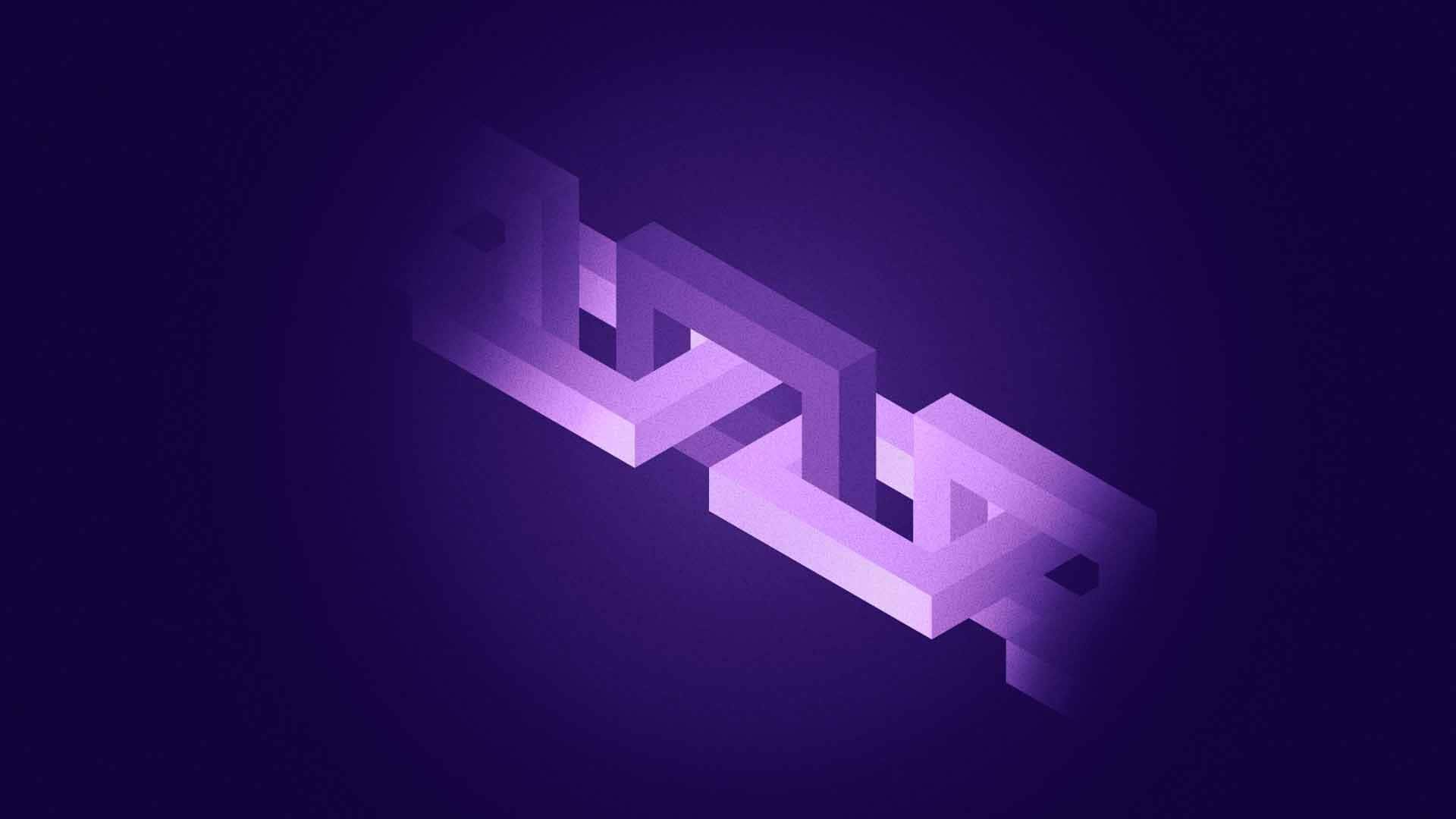In blockchain technology, data must be stored and accessed in a fast, secure manner in order for everything to be functioning optimally. That is where the data availability layer comes into play. It is a part of the blockchain dedicated to ensuring that all the data is readily available.
This allows them to verify transactions and maintain the integrity of the system. Without it, blockchains might become sluggish and unsafe – or worse, unreliable.
In this article, we will explain what the data availability layer is and how it functions, in addition to elucidating its importance in the blockchain ecosystem.
The Role of Data Availability in Blockchain Architecture
Data availability refers to the guarantee that all transaction data necessary to verify the blockchain’s state is published and verifiable by any participant. Without this, validators and users cannot be sure that the transactions they see are legitimate, opening the door to fraud or censorship.
In a blockchain modular design, the blockchain is broken into separate layers, each handling a specific function:
- The execution layer is responsible for processing transactions and updating the blockchain state.
- The consensus layer ensures network participants agree on the state and order of transactions.
- The data availability layer guarantees that the raw transaction data is actually accessible to the network.
Data availability is distinct from execution and consensus. While consensus may confirm a block’s inclusion and execution processes its transactions, neither guarantees that the underlying data is fully published. A block could technically be “valid” in consensus terms yet hide critical data, making it unverifiable and unsafe.
To prevent this, solutions like data availability sampling and dedicated data availability layers (e.g., Celestia) have emerged, playing a crucial role in scaling and securing modular blockchain architectures.
Why Separating Data Availability Improves Scalability
In a blockchain modular design, separating the data availability layer from the execution and consensus layers allows each component to specialize, dramatically boosting efficiency and scalability.
Traditional monolithic blockchains (like early Ethereum) handle execution, consensus, and data availability on the same layer—creating bottlenecks that limit throughput. Modular chains offload these responsibilities, allowing networks to process more transactions in parallel and at lower cost.
How It Works
By separating data availability, blockchains ensure that raw transaction data is published and accessible without forcing every node to download and re-execute it. This enables trustless verification via techniques like data availability sampling, where light clients can confirm data is accessible without reading the entire block.
This modularity boosts scalability in three key ways:
- Efficiency – Specialized layers reduce redundant work and maximize bandwidth.
- Speed – Execution layers (e.g., rollups) can process transactions quickly without waiting for data storage or consensus.
- Trustless Verification – Anyone can verify that data is available and valid without needing to trust a central party or download entire blocks.
Real-World Examples
- Ethereum Rollups (like Optimism and Arbitrum) post their transaction data to Ethereum L1 for availability, but offload execution to L2, improving scalability and lowering fees.
- Celestia acts as a standalone data availability layer. It allows rollups and other blockchains to publish their data in a verifiable way without relying on Ethereum or building their own consensus system.
This layered model allows for horizontal scaling, where multiple rollups or chains can share a single data layer—drastically improving blockchain throughput without sacrificing decentralization.
Use Cases of Data Availability Layers in Web3
Data availability layers are essential for scaling Web3 by ensuring transaction data is published and verifiable. They are widely used in Layer 2 rollups, including zk-rollups and optimistic rollups, which execute transactions off-chain and post data on-chain for verification. These rollups depend on data availability to enable fraud proofs and state reconstruction. Solutions like Celestia and Avail handle this layer separately to improve throughput and decentralization.
In NFT marketplaces, data availability layers reduce costs and ensure metadata is persistently accessible. Web3 gaming platforms use them to handle high volumes of in-game transactions without clogging the main chain, allowing real-time asset updates.
Fan apps, such as those built on Chiliz Chain, could use data availability layers to enable faster, cheaper interactions like fan voting, rewards, and token claims. This approach could enhance scalability and support more dynamic community engagement in the future.
The Future of Blockchain Depends on Scalable Data Infrastructure
The future of blockchain relies on scalable data infrastructure with data availability as its central pillar. When looking to decentralize, blockchains need to support mass adoption. This means that transaction data needs to be both accessible and verifiable at all times.
In the absence of trustworthy data availability, dApps cannot function securely. It underpins trustless verification, lessens reliance on full nodes, and allows rollups, modular chains, and high-performance dApps to operate smoothly.
For Web3 to efficiently cater to millions of users, as well as gamers, NFTs, and Financial systems, robust data availability solutions like Celestia and Avail are crucial, not optional.








